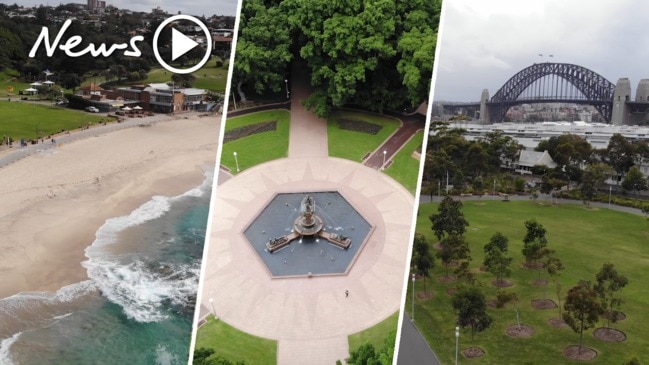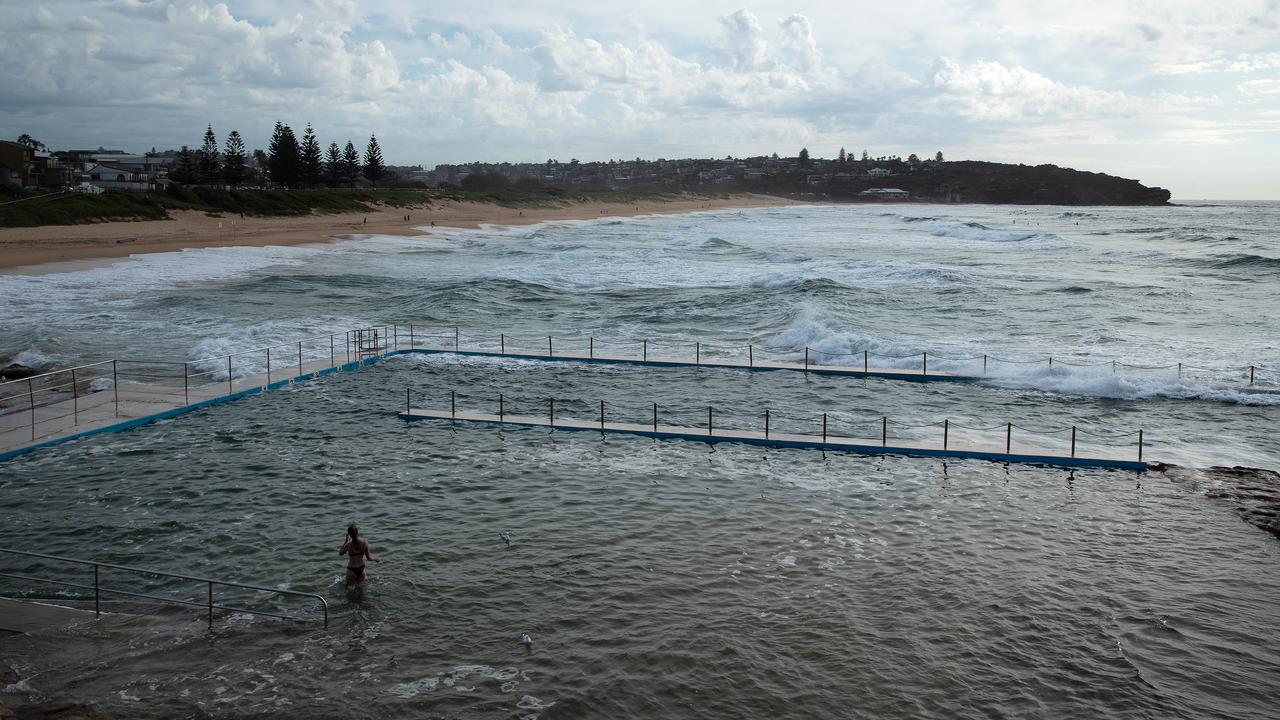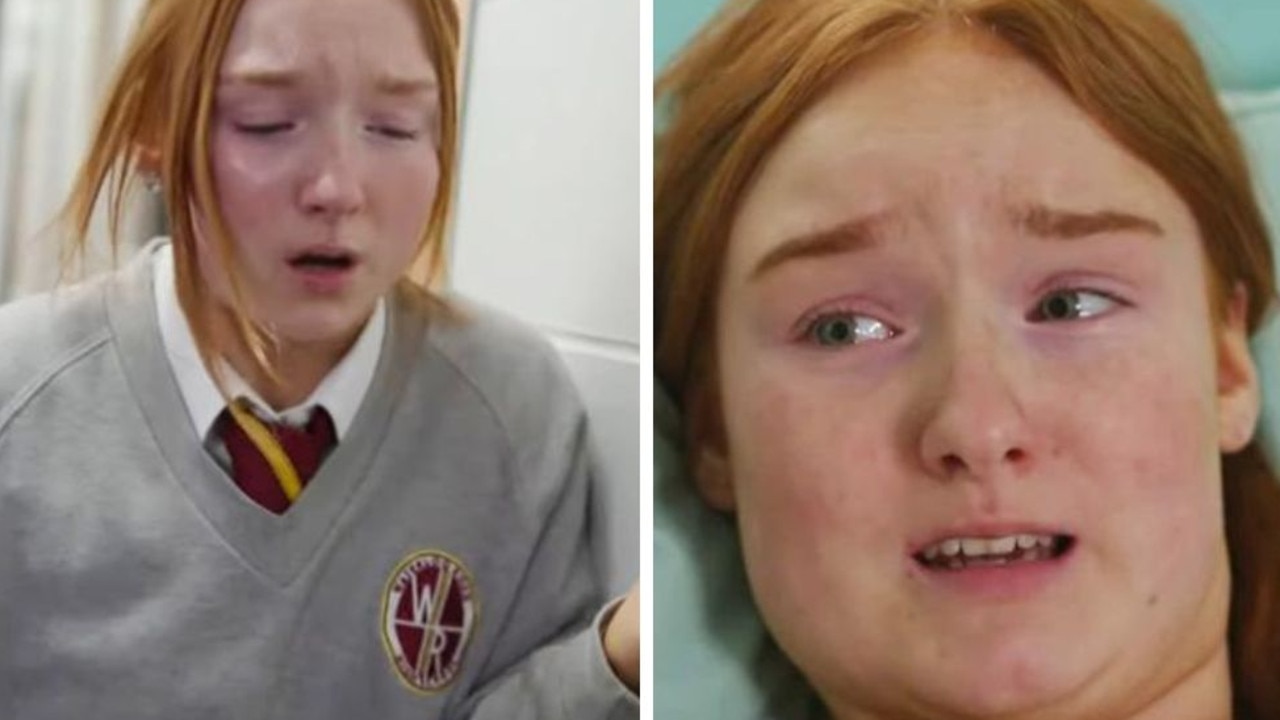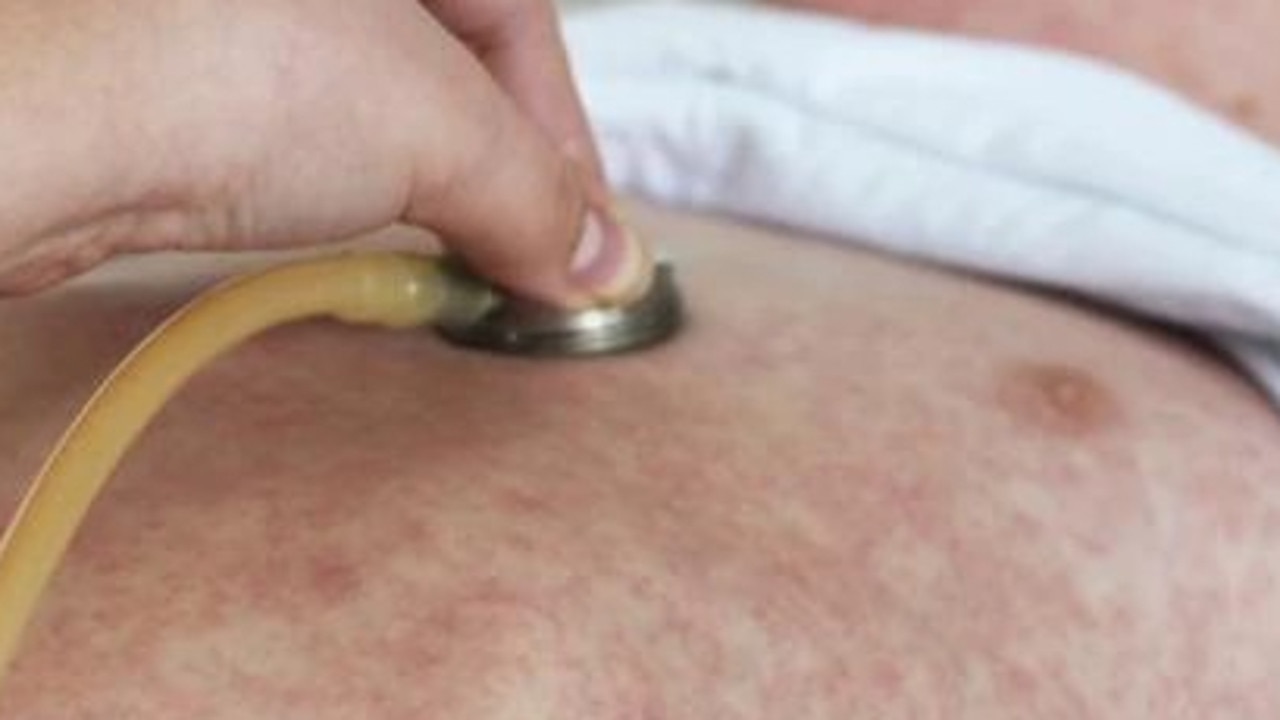Social distancing may be working as NSW and Victoria record slight decrease in new coronavirus cases
Promising new figures show social distancing measures may be starting to have an impact on coronavirus infections in NSW and Victoria.

Social distancing measures may be working with new cases of coronavirus in both NSW and Victoria appearing to be on the decline.
NSW Premier Gladys Berejiklian today confirmed there had been 186 new cases of COVID-19 in the state, which continues the slight reduction in new cases since it reached a high of 211 on Wednesday, before it dropped to 190 new cases on Thursday.
Victorian numbers were also looking more promising, with cases there declining from a high of 80 new cases on Sunday, to 51 cases on Monday and 48 cases on Tuesday. There was an increase to 65 cases on Wednesday but this dropped to 46 cases on Thursday.
Professor of Public Health, Micheal Kidd of Flinders University told Today this morning that social distancing and self-isolation appeared to be working.
“It's working but we can't take the level of comfort that I think you are wanting to take from seeing numbers going down slightly over a 24-hour period,” he said.
“We have to be watching the trend over many weeks.”
NSW Chief Health Officer Dr Kerry Chant said there was a delay in seeing a change to figures as they reflect the behaviour of people 7-14 days ago because the incubation period of the disease is about six to seven days.
However, there are other ways authorities are able to keep an eye on whether people are following social distancing advice.
The NSW Premier said today school attendance had dropped to about 10 per cent and so they knew kids were not on public transport mixing with adults.
“We also know from the Opal card, how much reduction has been on public transport, which has been significant,” Ms Berejiklian said.
Data from these sources is important in understanding whether the public is responding to social distancing advice and whether a harsher lockdown is needed.
When asked what the trigger point for a full lockdown would be, Ms Berejiklian said they looked a number of factors.
RELATED: Coronavirus updates, latest news and death toll
RELATED: Patient zero reportedly identified in China
This included community activity to make sure people weren’t breaking the rules, the proportion of people who were acquiring the disease via community transmission (and so could not pinpoint a source), the capacity of the health system and how many people were presenting to hospital with the disease.
Ms Berejiklian said there was one positive in the numbers so far and that was NSW still only had about 20 people in intensive care units despite the substantial rise in infections each day.
The state’s current capacity for ICUs was around 500 and Ms Berejiklian said they had to capacity to double or quadruple that.
“We want to keep the numbers low but we can’t keep the numbers low if people keep pretending there’s nothing happening and keep going about moving around the community,” she said.
“Try not to interact with people you normally don’t interact with,” she said.
“It’s okay to interact with people at a safe distance if you’re used to being in their company but don’t interact with people you don’t normally know … and be extra careful with the vulnerable.”
Authorities are facing increasing pressure to introduce a full lockdown, especially in NSW where there have been 1405 infections, making up about half of the almost 3000 infections in Australia.
RELATED: What a full lockdown would mean in Australia
RELATED: 80 per cent of Aussies need to stay home to drive down infections

Ms Berejiklian has said she was ready to move ahead of the Commonwealth if required and declare a lockdown across NSW over the weekend.
Senator Jacqui Lambie is among many in the community calling for Prime Minister Scott Morrison to lock down Australia as the coronavirus continues to spread.
But Mr Morrison on Wednesday dug in his heels against the idea, saying he's not going to shut even more businesses when “there's no medical advice that they should”.
Some experts have backed the idea of a full lockdown, including the Grattan Institute, as it would bring infections under control within a few weeks and allow shops to re-open, avoiding the need for a longer period of disruption.
Many other countries have taken this path including China, Italy and India.
However, others say a full lockdown may not be necessary if there was better testing for COVID-19 and people actually complied with the current restrictions.




